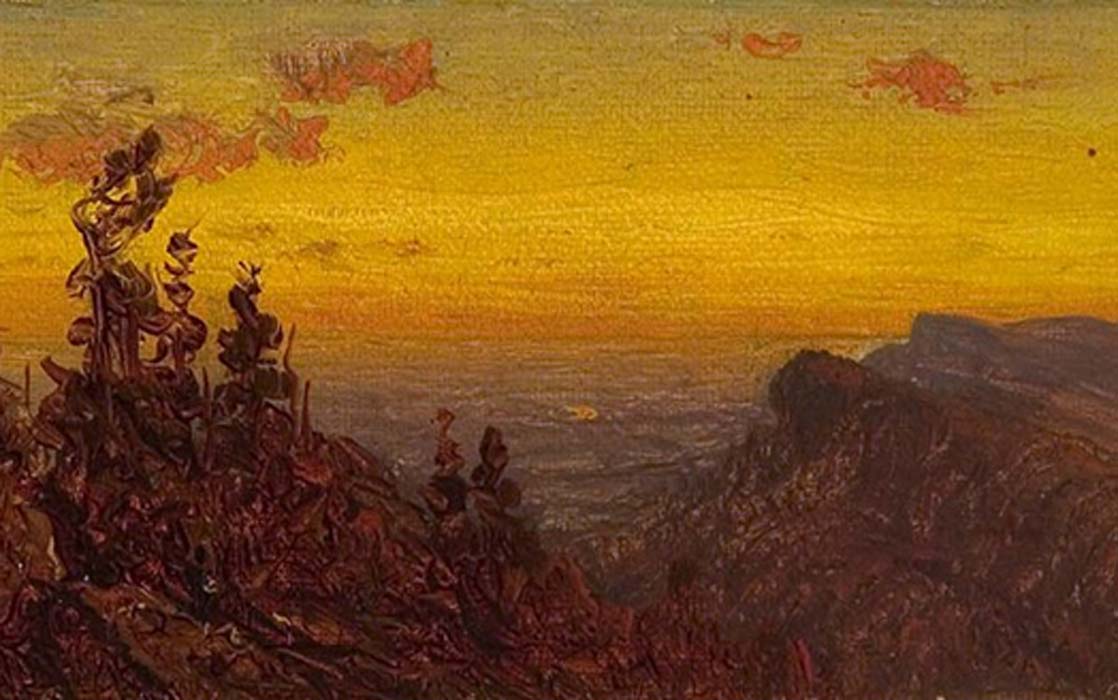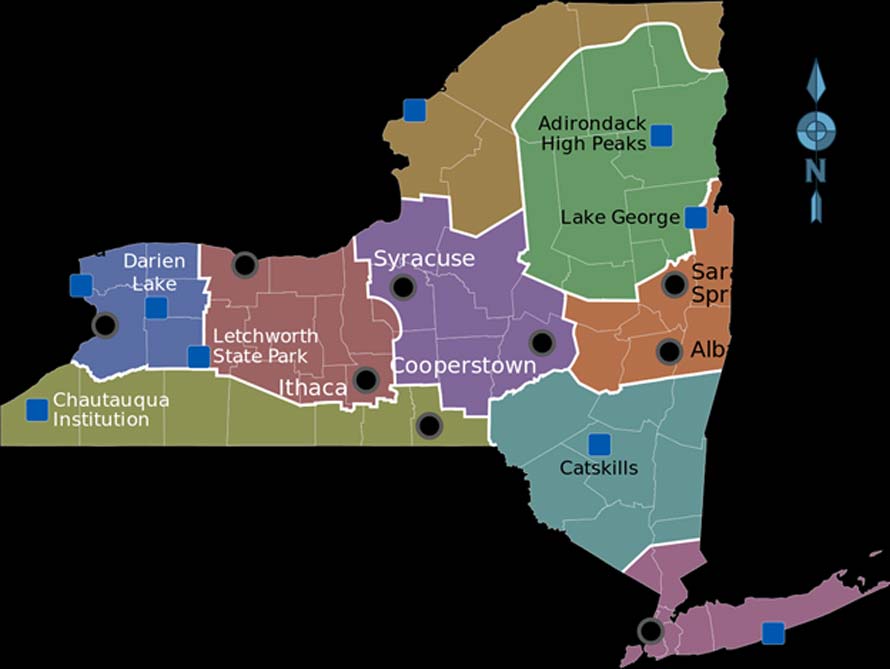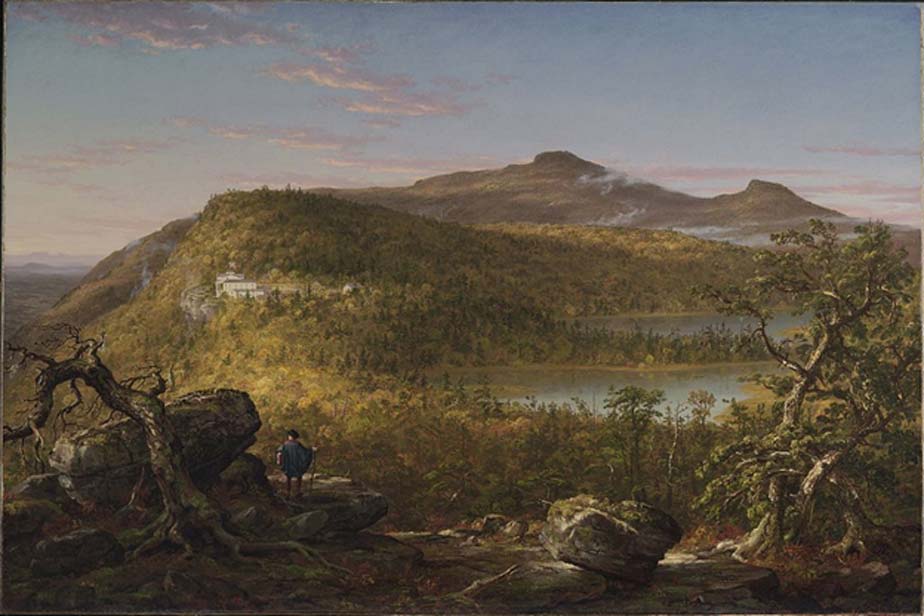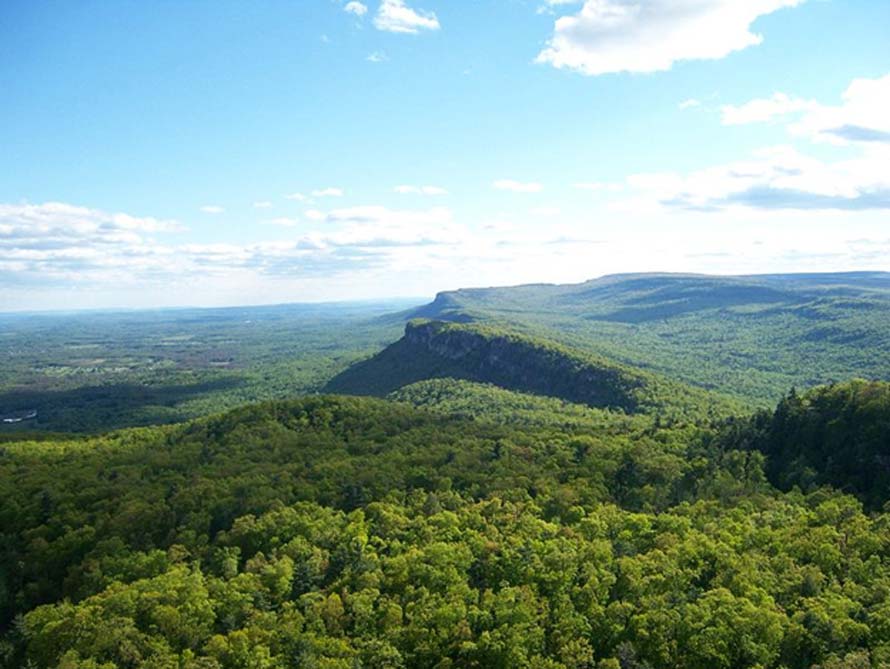
Spirits in Stone: Ancient Megalithic Culture Reveals Hidden Skyscape Clues to Sun and Goddess Worshiping
An American census on agricultural stone fence survey conducted in 1880, documented over 240,000 miles (386,242 kilometers) of stone walls in north-east America alone. That’s enough to reach to the moon or wrap around the earth 10 times. Almost any walk in the woods of north-east America will reveal old stone walls, foundations, stone piles and unusual boulders. Most are from historic times, but not all, and it is obvious that they could not all have been constructed in the 200 years since Europeans arrived and settled in the land. There was simply not enough of a stone wall building population in colonial and early American times, to undertake such a huge endeavor. So, much of the stone structures must have been built by an indigenous population in prehistoric times.

New York Regions (Public Domain)
Ceremonial Stone Landscapes (CSL) is the term used by United Southern and Eastern Tribes (USET) for certain stone work sites in eastern North America. According to USET, elements often found at these sites include dry stone walls, rock piles (sometimes referred to as cairns), stone chambers, unusually-shaped boulders, split boulders with stones inserted in the split and large boulders propped up off the ground by smaller rocks. While the academic community has not yet reached consensus on either the age of these sites nor the theory of their creation by indigenous peoples, public interest in them has been growing, especially among skeptical scholars, as is evident by the Stones and Stars Symposium, hosted at Colgate University in 2014. This was an important moment for stone site research in the north-east.

A View of the Two Lakes and Mountain House, Catskill Mountains, Morning, by Thomas Cole (1844) Brooklyn Museum of Art (Public Domain)
Monument Construction Based on Celestial Observation
In his book, Spirits in Stone The Secrets of Megalithic America Glenn Kreisberg documents a decade’s research into man-made stone constructions in the backwoods of the north-east, with a focus on the Catskill and Shawangunk mountains of New York. Glenn examines the potential origins and purposes for a myriad of different types of old stone structures found on the land, including walls, cairns, perched boulders, effigies and more. He also investigates important sites around the world for insights into ancient megalithic culture. In north-east America, as elsewhere, the patterns revealed through the eye of landscape archaeology and archaeoastronomy speak to the sophisticated belief system of an ancient population, that understood the complex movements of the night sky and integrated those beliefs into their lives and world view. Glenn believes they accomplished this through the cultural practice of celestial observation, landscape manipulation and monument construction, as well their travels and contacts with peoples from other regions and other parts of the world.
- The Spectacular Ancient Megaliths of the Ural Mountains
- Evidence of Ancient Megalithic Culture in Massachusetts Revealed For the First Time
- Major Discovery: 4,500-year-old megalithic super-henge found buried one mile from Stonehenge
Some of the earliest religious or spiritual practices of humans involved worship of the sun and the sacred feminine or goddess. Could those practices have been brought by the first people (indigenous) to inhabit the north-east region? Could the expression and record of their world view still be found hidden in the stone landscapes in north-eastern American backwoods and backyards? This is controversial information, as generally for this region (the north-east America), it is not accepted to be true by conventional historians. But views are beginning to change and several examples of such ceremonial stone landscapes are examined.

Shawangunk Ridge from Sky Top (CC BY-SA 3.0)





